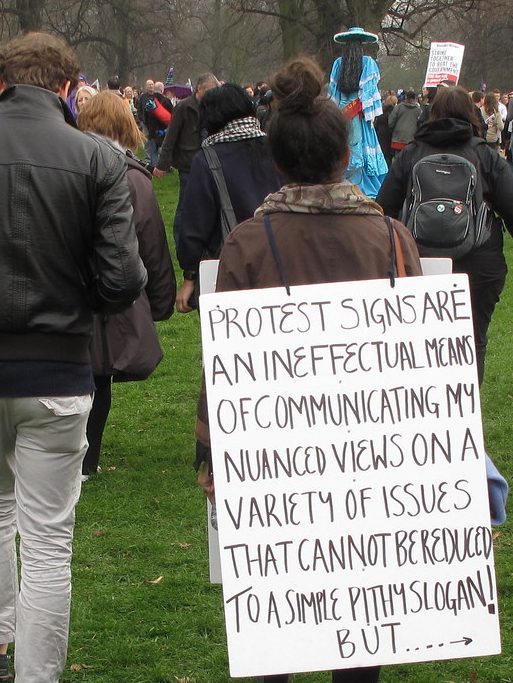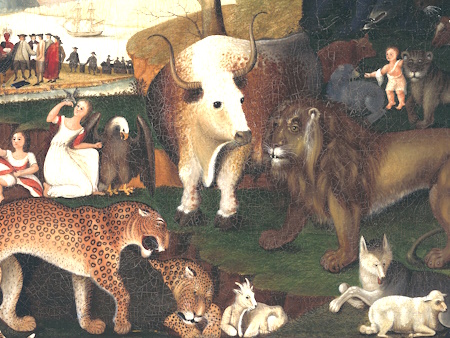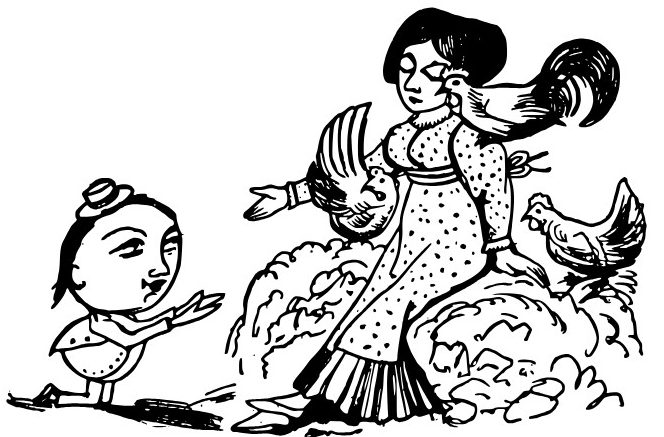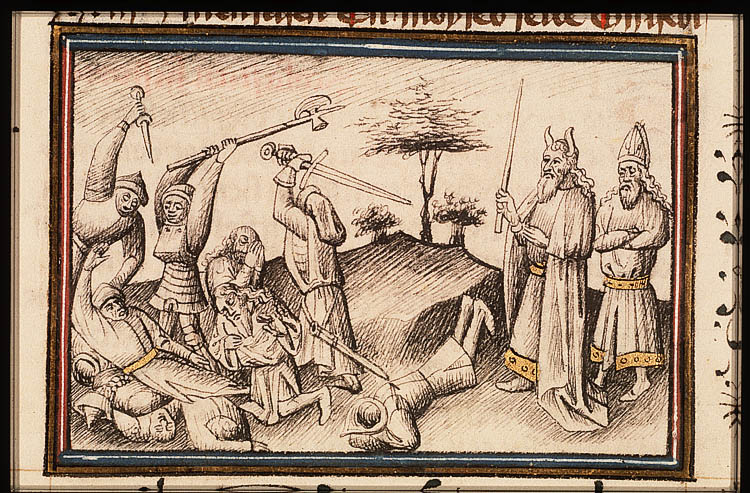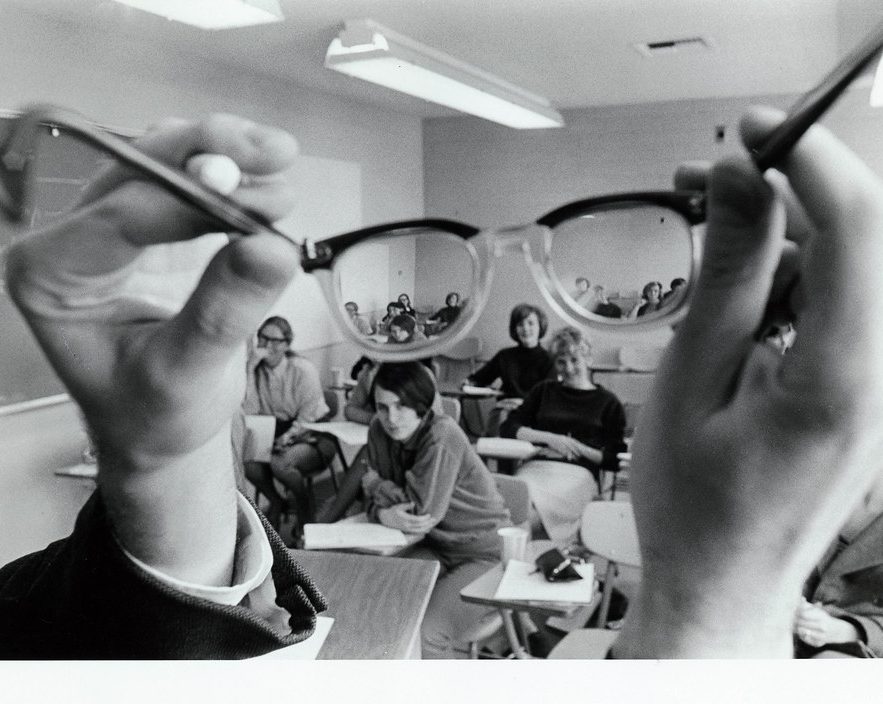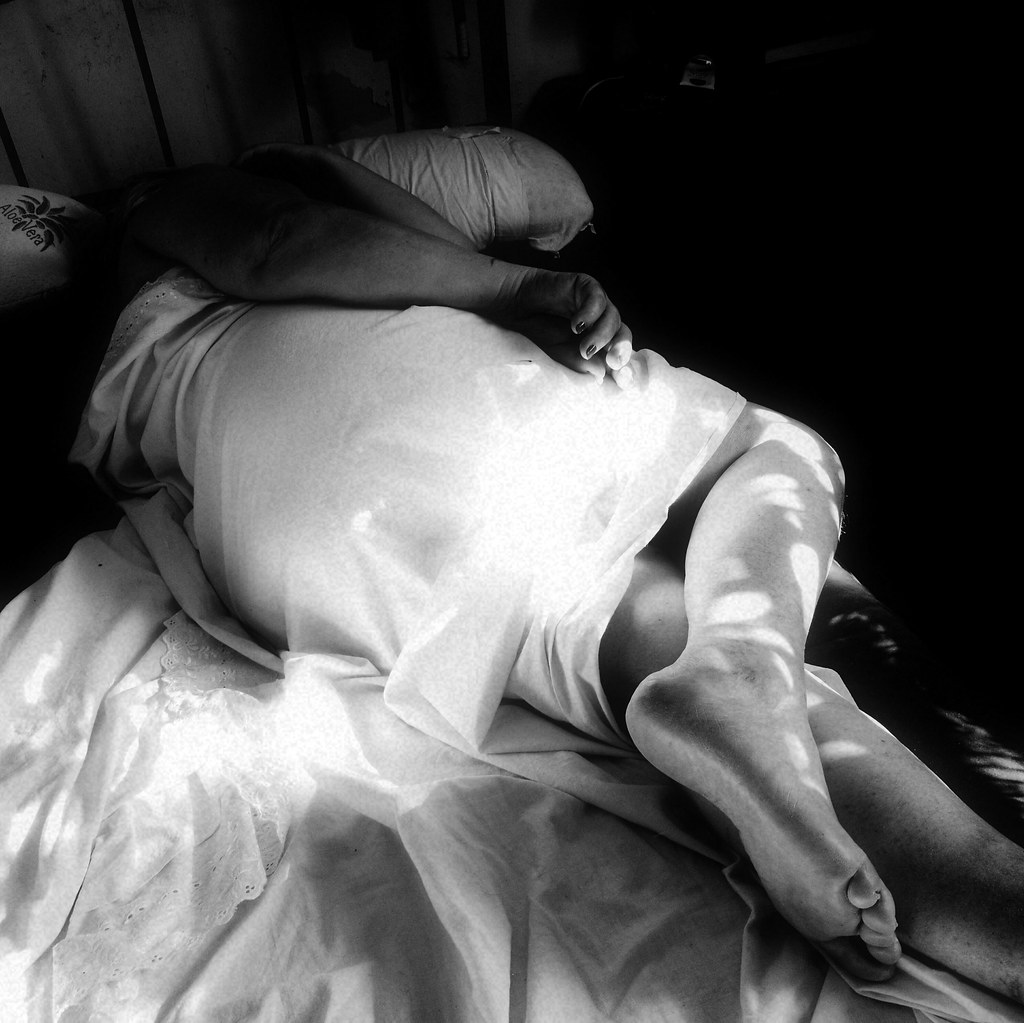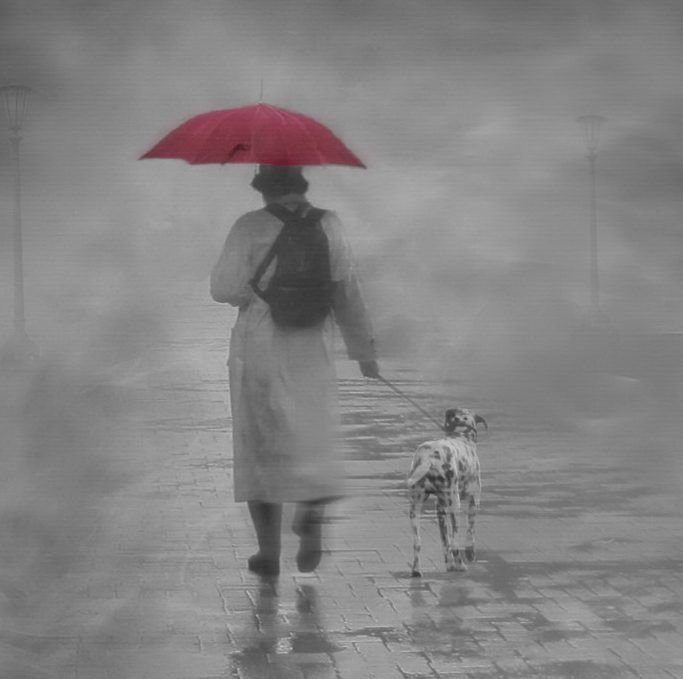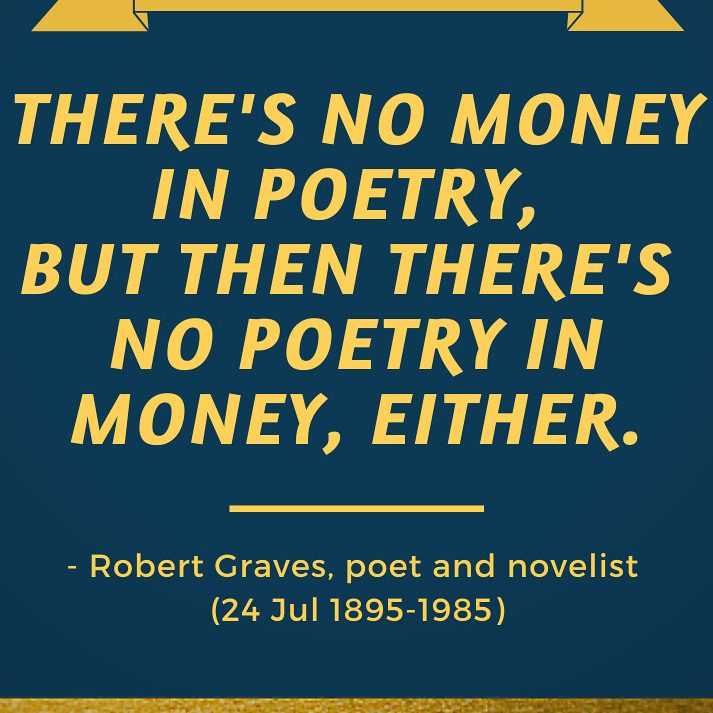
What a worthless thing is poetry,
a product of hard labor I adore;
a counter full of year-old toiletries
will always fetch considerably more.
A merchant selling gift-wrapped bars of soap
will come away with profit and some change;
to sell a poem is no more than a hope
washed clean of what a market can arrange.
Here! Have a few of mine, two for a quarter—
a dime apiece—the bargain of the day…
just name it! I’m here to take your order.
Hard labor’s even hard to give away.
*****
Donald Wheelock writes: “I have spent most of my life as a composer of vocal, orchestral and chamber music. While remuneration for song cycles and string quartets is not unknown, the profits from commissions and other sources rarely exceed the expenses. I don’t have to tell the readers of formalverse that the same could be said for formal poetry. The conceit of this poem has been an assumption in my life for many years, and equivalent jokes among composers of “classical concert music” are not uncommon.
I have written formal poetry for almost as long as I have music, often to set to music. But it is relatively recently that I have submitted it to journals welcoming formal poetry. Snakeskin (where this poem was first published), Able Muse, Think, Blue Unicorn, Rue Scribe, Quadrant and many other journals have published my poems. My first full-length book, It’s Hard Enough to Fly, was published by Kelsay Books in 2022. My second book, With Nothing but a Nod, will appear in May of this year from David Robert Books.”
Photo: “A THOUGHT FOR TODAY from A.Word.A.Day” by Wordsmith.org is licensed under CC BY-NC-SA 2.0.
